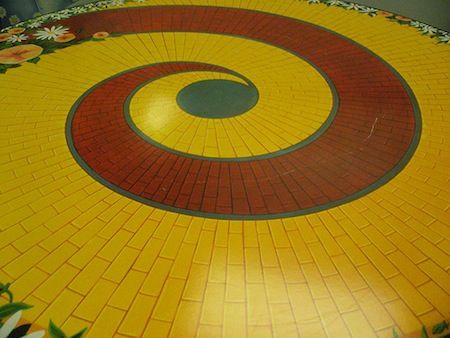Latest status: Bee is deep in refactoring of how the “no mercy” setting works so that we can generalize that so you can choose how much safety buffer you get when you derail which turns out to be an important feature for killing the last of the auto-widening yellow brick roads, which is just about the last in a long list of prerequisites for killing the concept of lanes. Phew! We’re getting there!
Here’s how @bee put it in a daily beemail:
Do you have value for being able to parameterize how much mercy you get when you derail a goal? I think mostly the feedback we’ve heard about the no-mercy option is that people want less mercy and are frustrated that our idea of “no mercy” still gives them 2 days off because they want for everything to always be an eep day no matter what. However, because of technical reasons, you can’t have an eep day immediately after a derail, so… well, what I’m talking about here does not fix that want. (Not that the technical reasons are insurmountable; just not on the table quite yet because, well, it’s technical.)
But does anyone ever wish they could have like 3 days off after a derail, or 2 weeks, or something?
Here’s the deal: currently with new-world-order weight roads (i.e. razor roads), if you have an up day and derail you’ll be recommitted right on the razor’s edge.
I love that because I hated how in the old version if I derailed my weight goal, my road moved to put my offending datapoint right in the middle of the road, with a big wide buffer above me. That meant that one bad day not only cost me money, it was then allowed to compound into many bad days in a row, which made it really easy to backslide. Now if I screw up, the road recommits with me right on the edge – I get a little buffer above where the road previously was (because my derail point is necessarily above the old road), but I still have to stay in the game and keep making progress.
A better implementation would let you adjust how much room you get on a recommit by having a parameterized “mercy” setting.
What I’m imagining is that this would be quite a bit like specifying your auto-ratchet amount. For do-more goals, you’d specify a number of days. For weight loss roads, and do-less roads too, you’d want to specify how much mercy you got on recommit in terms of units of buffer. If you liked the old style behavior with weight roads where you got a bunch of extra buffer from derailing, you could set your amount-of-mercy equal to your maximum daily fluctuation. If you wanted less buffer, you could decrease that amount, anywhere down to ‘0’, which would be like the current (new) behavior.
Anyhow, this is just kind of spitballing, except I’m probably going to do it.
 ) Plus other loose ends we’re not happy with in the new “razor roads” for weight loss.
) Plus other loose ends we’re not happy with in the new “razor roads” for weight loss.



